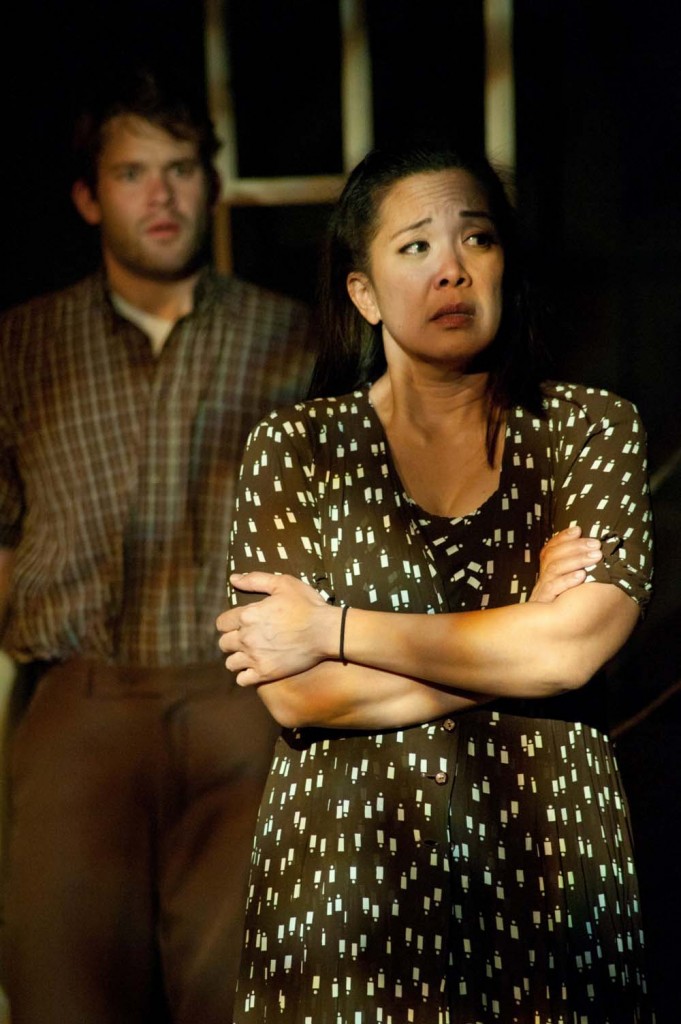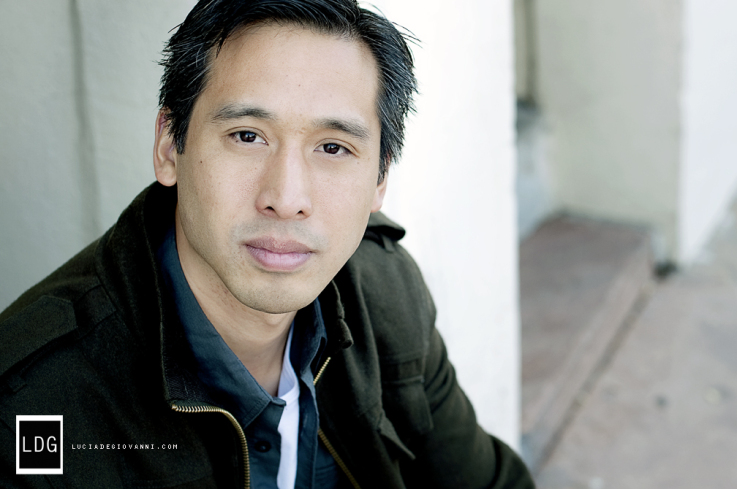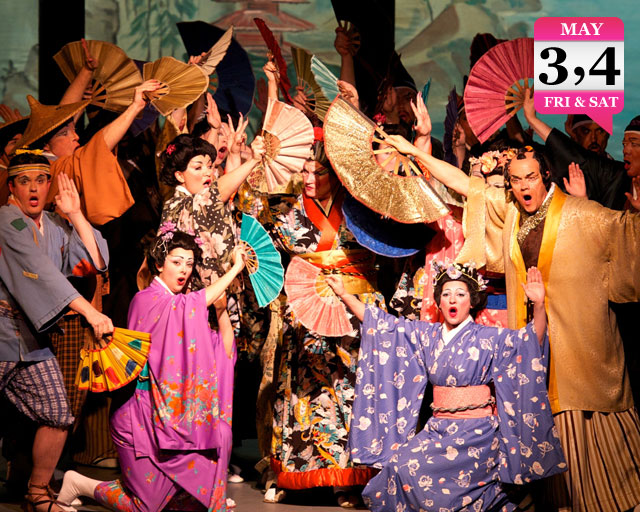 Many Japanese Americans who’ve grown up since World War II — myself included — dreaded December 7 every year. As kids (and sometimes as adults) we’ve been taunted with hateful calls to “Go home, Jap!,” “Go back where you cam from!” and the classic, “Remember Pearl Harbor!”
Many Japanese Americans who’ve grown up since World War II — myself included — dreaded December 7 every year. As kids (and sometimes as adults) we’ve been taunted with hateful calls to “Go home, Jap!,” “Go back where you cam from!” and the classic, “Remember Pearl Harbor!”
As if we could forget.
The war happened decades ago, and as Japanese Americans we had nothing to do with the attack on the U.S. military on Hawaii that sparked America’s entry into WWII. Hell, today, most people in Japan had nothing to do with Pearl Harbor. Yet, I still feel wary when I go out on Dec. 7. Although I haven’t faced a dumb remark in years now, I know that feeling is always there, just beneath the surface of civility.
The ugliness comes out, perversely, when a tragedy occurs in Japan, like the “It’s God’s revenge for Pearl Harbor!” comments that were tweeted out after the March 11, 2011 earthquake and tsunami that devastated northeast Japan.
So we decided this year, we’d face our trepidation directly. We bought tickets for “Snow Falling on Cedars,” the stage version of David Guterson’s award-winning 1994 novel about the after-effects of post-war racial hatred against Japanese Americans in a small Pacific northwest community. The book was made into an atmospheric film in 1999 starring Ethan Hawke that was nominated for a cinematography Oscar.
Seeing the play at the Vintage Theatre in Aurora would help exorcise the Pearl Harbor demons, we figured, even as it reminded us of the hysteria that the bombing caused. That hysteria led just a few months later to the imprisonment of almost 120,000 people of Japanese ancestry — half American citizens, born in the U.S. — in concentration camps away from the West Coast.
Continue reading













